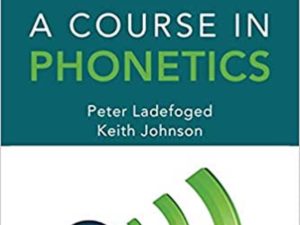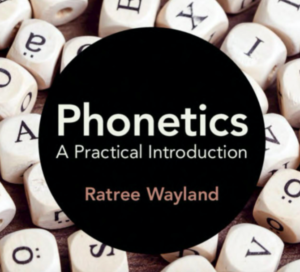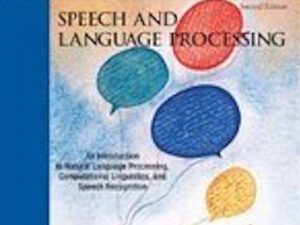Basics of phonology and phonetic transcription. Read this over Speech Processing modules 1 and 2.
Ladefoged & Johnson – A course in phonetics – Chapter 1 – Articulation and Acoustics
An Introduction to articulatory phonetics and speech acoustics
Wayland (Phonetics) – Chapter 1 – Speech Articulation: Manner and Place
A concise introduction to articulatory phonetics
Wayland (Phonetics) – Chapter 8 – Acoustic Properties of Vowels and Consonants
An overview of the properties of vowels and consonants
Wayland (Phonetics) – Chapter 7 – Digital Signal Processing
An intuitive introduction to acoustics digital signal processing
Wayland (Phonetics) – Chapter 6 – Basic Acoustics
A concise introduction to acoustics: sounds, resonance, and the source-filter theory
Wayland – Phonetics: A Practical Introduction
This phonetics textbook covers articulatory and acoustic phonetics as well as an introduction to digital signal processing.
Ladefoged & Johnson – A course in phonetics – Chapter 8 – Acoustic phonetics
Links the source-filter model to spectrograms and acoustic analysis of speech.
Jurafsky & Martin – Section 8.5 – Unit Selection (Waveform) Synthesis
A brief explanation. Worth reading before tackling the more substantial chapter in Taylor (Speech Synthesis course only).
Jurafsky & Martin – Section 4.2 – Simple (Unsmoothed) N-Grams
We can just use raw counts to estimate probabilities directly.
Jurafsky & Martin – Section 4.1 – Word Counting in Corpora
The frequency of occurrence of each N-gram in a training corpus is used to estimate its probability.
Jurafsky & Martin – Section 9.6 – Search and Decoding
Important material on efficiently computing the combined likelihood of the acoustic model multiplied by the probability of the language model.




 This is the new version. Still under construction.
This is the new version. Still under construction.